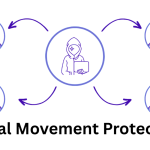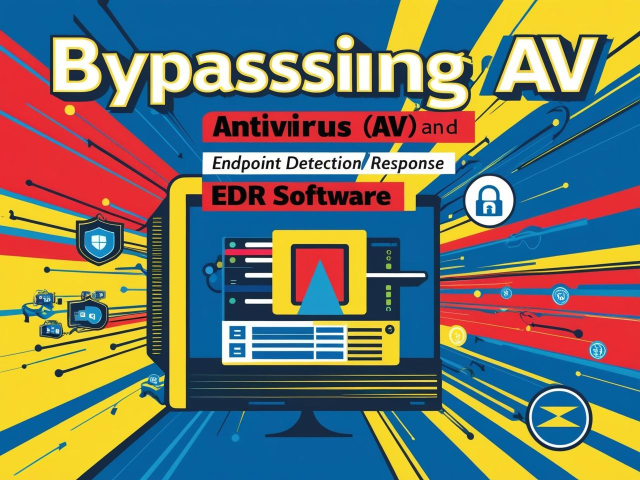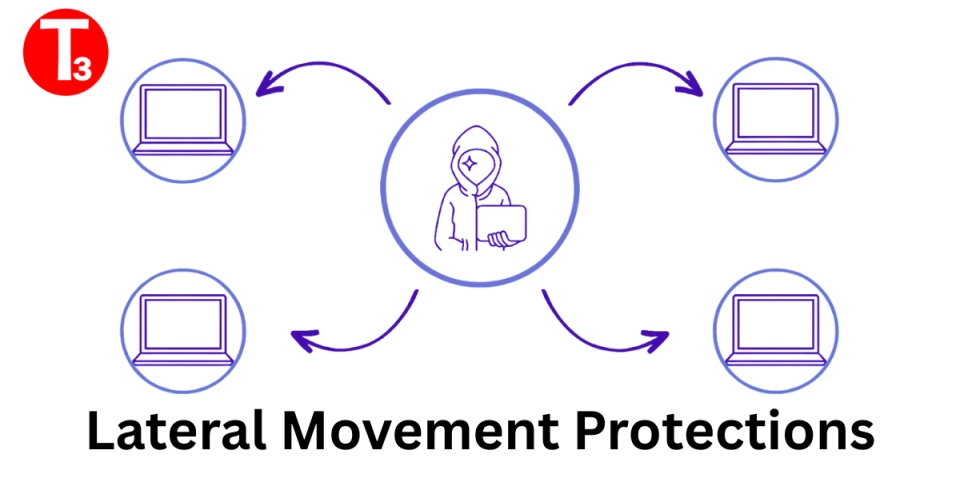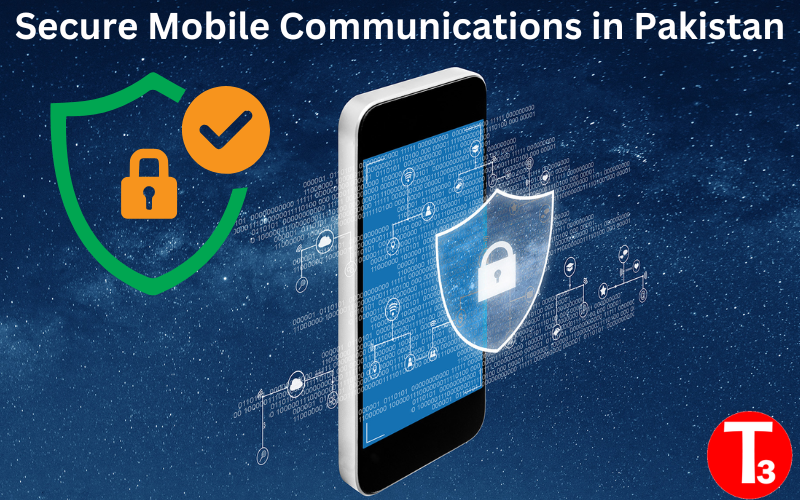
The Rise of “Magic Packet Attacks” and the Growing Role of VPNs in Pakistani IT infrastructure
January 28, 2025
On-Premises Lateral Movement Protections
September 19, 2025In the ever-evolving landscape of cybersecurity, attackers and penetration testers alike must stay ahead of defensive measures, particularly Antivirus (AV) and Endpoint Detection and Response (EDR) systems. These security solutions are designed to detect, prevent, and respond to malicious activities, but bypassing them is a skillset frequently used by ethical hackers to assess and fortify defenses.
In this blog, we’ll dive into key techniques and tools used to bypass AV and EDR systems, and discuss ethical best practices for responsible penetration testing.
Understanding AV and EDR Evasion
BypassAV refers to a collection of techniques used to evade detection by security solutions. While AV primarily relies on signature-based detection, EDR takes a more sophisticated approach, monitoring behaviors and system calls. However, attackers continue to develop creative methods to circumvent these defenses.
Top Techniques for Bypassing AV and EDR
Here are the most common and effective techniques attackers use to bypass security systems:
1. Obfuscation
Obfuscation involves modifying malicious code to appear benign. Techniques include renaming variables, altering character cases, and using encoding methods to mask malicious payloads. Tools like Invoke-Obfuscation make it easier to evade signature-based detections.
2. Recompiling Malware
Attackers modify and recompile malware in different programming languages or introduce unnecessary code to alter its hash. Since many AV systems rely on hash-based detection, recompiling can help malware appear unique and undetected.
3. Encoding and Encryption
Encoding or encrypting malicious payloads ensures that AV solutions cannot analyze them until runtime. Attackers commonly use base64 encoding, AES encryption, or custom packing techniques to prevent static analysis.
4. AMSI Bypass
The Anti-Malware Scan Interface (AMSI) is a Windows feature that detects malicious scripts in PowerShell and .NET applications. Attackers disable AMSI or tamper with its scanning functions using techniques like memory patching or reflective DLL injection.
5. Reflective DLL Loading
This technique allows malware to execute directly in memory without being written to disk, effectively bypassing disk-based AV solutions. Metasploit’s Reflective DLL Injection and Cobalt Strike’s Beacon are commonly used tools.
6. Unhooking API Calls
EDR solutions hook into system processes to monitor behavior. Attackers can “unhook” these monitoring mechanisms, making their actions invisible to the security solution.
7. Living Off The Land (LotL) Attacks
LotL techniques involve using legitimate system tools like PowerShell, WMIC, or MSBuild to execute malicious payloads, blending into normal system activity. Since these tools are trusted by security software, LotL attacks are highly effective.
8. Retrosigned Drivers
Attackers abuse expired digital signatures to load malicious drivers. By manipulating the system clock or leveraging vulnerable kernel drivers, they gain stealthy execution capabilities.
Ethical Considerations and Best Practices
While bypassing AV and EDR systems is a valuable skill for penetration testers, it must be done ethically and within legal boundaries. Here are some best practices:
- Obtain explicit permission before performing AV/EDR evasion testing.
- Use manual implementation of evasion techniques instead of relying solely on pre-built tools.
- Understand Indicators of Compromise (IOCs) to minimize detection during ethical engagements.
- Report vulnerabilities responsibly and provide remediation strategies to strengthen security defenses.
Final Thoughts
BypassAV is a crucial component of modern penetration testing and red teaming. Understanding these evasion techniques helps cybersecurity professionals test and enhance an organization’s security posture. As defenses evolve, so must offensive tactics—ensuring that blue teams can proactively defend against sophisticated threats.





